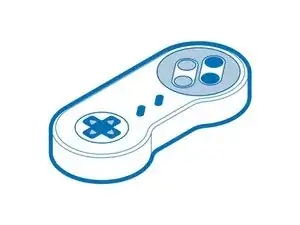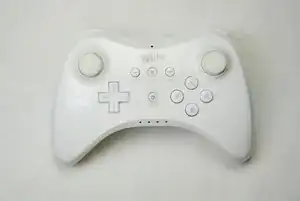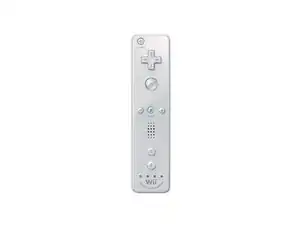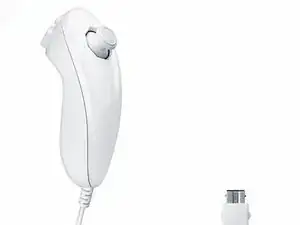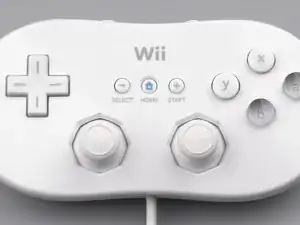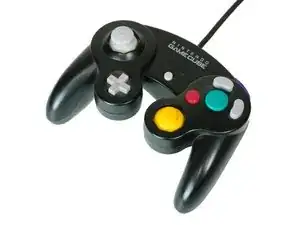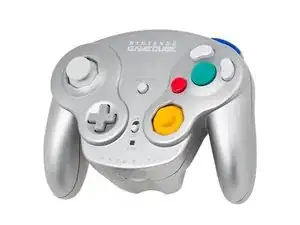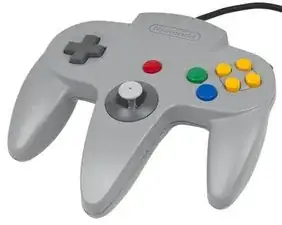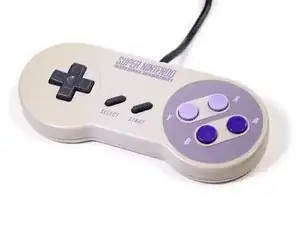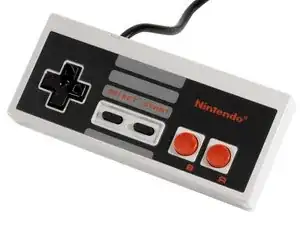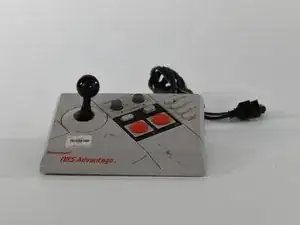Background
When the Nintendo Entertainment System (NES) launched in 1983, it came with the simple rectangular NES controller that established the basic template for game controllers that is still followed today.
The N64 controller, released in 1996, featured an analog stick for 360 degree movement, a trigger button for analog input and introduced force feedback rumble technology. The trident-like design was well suited for 3D games like Super Mario 64.
Nintendo utilized motion controls in 2006 with the Wii Remote to pioneer more gestural and physical gaming experiences.
Switch
Repair documentation for Switch Joy-Cons and the Pro Controller can be found on the Nintendo Switch device page.
Wii and Wii U
The Wii was released in 2006 as a console intended for more casual gaming. It features the Wii Remote (often called a Wiimote) as the main controller, which can detect motion while the user holds it in their hand and translate that motion to the game. Other Wii accessories like the Balance Board and the Fit Meter were used in fitness-based games for the Wii and later the Wii U. These guides provide support for Wii and Wii U remotes and controllers:
GameCube
The GameCube was first released in Japan in 2001. The console itself is a cube with four controller ports, which are compatible with several different GameCube controllers. These guides provide support for Gamecube controllers, including the WaveBird.
Miscellaneous Controllers
This includes controllers from earlier Nintendo consoles, including the original NES, the Super NES, and the Nintendo 64, as well as third-party controllers.
Identification
Nintendo game console controllers will feature "Nintendo" or the name of the console on the device. Third-party controllers will list their brand names on the device.
